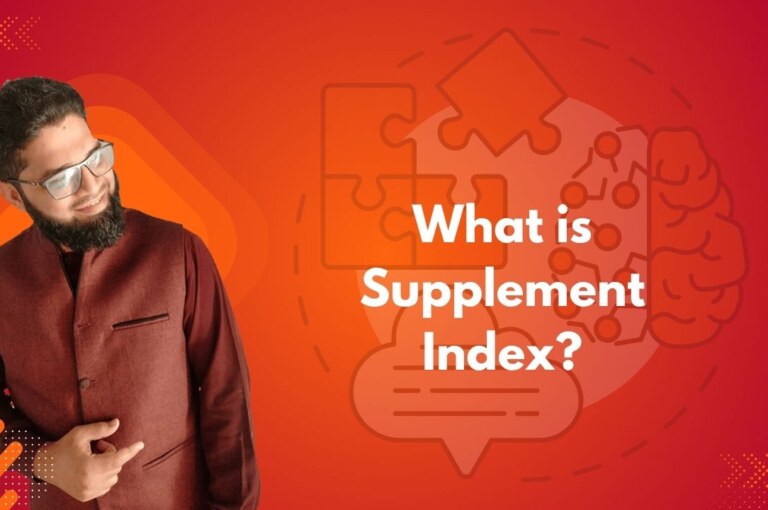The Supplemental Index was a secondary database used by Google to store web pages that were considered less important or less relevant compared to those in the main index. These pages typically had issues like low-quality content, duplicate content, or other factors that made them less valuable for search results.
Key Features of the Supplemental Index
To understand the role and limitations of the Supplemental Index, it’s important to break down its defining characteristics. Below are the key features that distinguished this secondary database from Google’s main index.| Feature | Description |
|---|---|
| Secondary Database | Held web pages that didn’t meet the quality bar for the main index. |
| Lower Search Visibility | Pages were unlikely to appear in standard search results. |
| Content Issues | Included duplicate pages, thin content, or pages with few backlinks. |
| Reduced Relevance | Considered less useful or valuable in the context of searcher intent. |
SEO Impact of the Supplemental Index
| Impact | Description |
|---|---|
| Decreased Search Visibility | Pages in this index rarely ranked well, harming discoverability. |
| Quality Signaling | Being placed in the Supplemental Index signaled poor content or technical SEO. |
| Duplicate Content Penalty | Sites with excessive duplicate pages were frequently affected. |
If your content landed in the Supplemental Index, it meant Google didn’t trust it enough to rank it competitively, which could negatively affect your overall domain authority.
Evolution: What Happened to the Supplemental Index?
In 2007, Google retired the visible Supplemental Index. Improvements to indexing infrastructure meant that:
- A single, unified index could now handle all content.
- Google began evaluating pages using more nuanced signals like contextual relevance, user behavior, and E-A-T (Expertise, Authoritativeness, Trustworthiness).
- Instead of a binary main vs. supplemental model, ranking became more fluid and intent-driven.
Google’s Modern Indexing System
Today, there is no longer a separate Supplemental Index. All web pages are processed in a single index, with rankings determined by:
- Content quality and structure
- Topical relevance
- User intent
- Technical SEO factors
- Backlink authority
- Engagement metrics (dwell time, bounce rate, etc.)
Rather than being “filtered out” into a separate index, low-quality content is simply ranked lower or ignored.
Should You Still Worry About Supplemental Index Issues?
Yes—but under a different name.
Even though Google no longer uses the term “Supplemental Index,” the concept lives on. If your page is:
- Not indexed
- Ranks very low
- Doesn’t appear for related searches
…it is effectively being treated like supplemental content.
Improving such pages through content consolidation, technical fixes, and relevance optimization can help restore visibility.
Final Thoughts
The Supplemental Index was Google’s early attempt to filter out low-quality content from the main search results. Although it no longer exists, its core function remains embedded in modern search algorithms. To avoid being sidelined, websites must focus on:
- High-quality, original content
- Strong internal linking
- Clear topical focus
- User-first design and structure
By doing so, you can ensure your pages are not just indexed—but also visible, discoverable, and ranked well.
Want to Go Deeper into SEO?
Explore more from my SEO knowledge base:
▪️ SEO & Content Marketing Hub — Learn how content builds authority and visibility
▪️ Search Engine Semantics Hub — A resource on entities, meaning, and search intent
▪️ Join My SEO Academy — Step-by-step guidance for beginners to advanced learners
Whether you’re learning, growing, or scaling, you’ll find everything you need to build real SEO skills.
Feeling stuck with your SEO strategy?
If you’re unclear on next steps, I’m offering a free one-on-one audit session to help and let’s get you moving forward.





Leave a comment